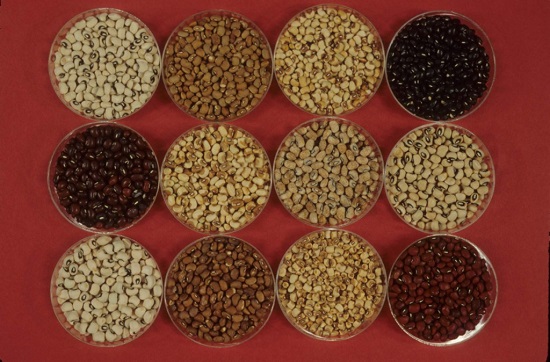The Seed Information Database

In module 1 you visited the Seed Information Database and saw some of the types of evidence scientists have assembled about seeds. The same online resource also contains a tool that allows you to use this evidence to make predictions about the behavior of seeds in storage.
Activity 2: exploring the Seed Information Database
Allow 10 minutes for this activity.
Now link to the ‘final viability tool’ in the Seed Information Database. It is best to open this link in a new tab or window (right mouse click or long press) to enable you to return to this page easily.
Choose chickpea (Cicer arietinum) from the drop-down list in the ‘Select a preset’ field. This will show you the seed-specific viability constants you discovered in the previous section. Enter the number 6 in the ‘equilibrium moisture content’ field (you will learn more about this in module 4). In the three next fields, enter a typical storage temperature for your own genebank, an initial viability, and a number of days in storage (we suggest you go above 365 days), then press ‘submit’. You should see final viability in the box on the right hand side. What happens if you change the temperature or the time spent in storage?
You might also like to choose another species that you are interested in, and see how the predictions for this species differ from those for chickpea.
Use the note-writing box below to record what you have learned. These notes are for your own development: they will not be shared with course colleagues or moderators.
Please note that these estimates will not always correspond to actual seed behavior in storage. Whether seeds are being stored for food security, the conservation of endangered wild species, or for the future of agricultural research, we are only at the very beginning of understanding the effect of storage on their longevity. This underlines how much genebanks still have to learn about creating the optimum conditions for seeds to survive in storage.
Modeling longevity during storage
